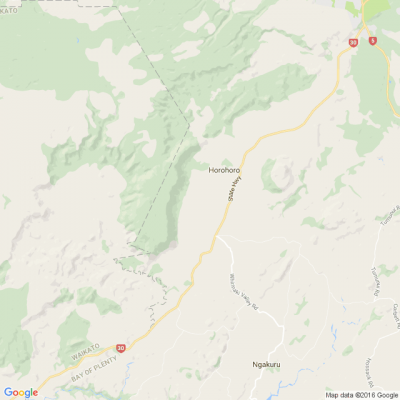
Know what’s happening
Access the private noticeboard for verified neighbours near you. Keep informed about any suspicious activity, send urgent updates to your neighbours when required and discuss emergency planning.
Get to know your neighbours
Browse the directory and start getting to know your neighbours. Don’t want to post to the whole neighbourhood? Send a private message.
Buy, sell and give away
Want to declutter your garage? Buy some used household items? Give away some garden stuff? Become a verified neighbour to browse and post items for sale. Trading is simple when everyone lives nearby.

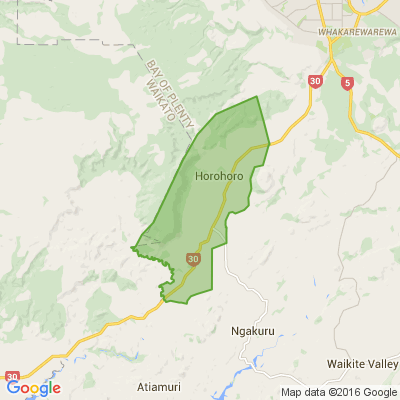
Lost something?
Or found something? Let's reunite! Share about it here.

Thank you for using Neighbourly
You may receive an email confirmation for any offer you selected. The associated companies will contact you directly to activate your requests.
All regions outside Auckland will move to Covid-19 Alert Level 2, with Auckland remaining at Alert Level 4 for at least another week.
Prime Minister Jacinda Ardern and the Director-General of Health Dr Ashley Bloomfield announced the changes at a post-cabinet press conference on Monday … View moreAll regions outside Auckland will move to Covid-19 Alert Level 2, with Auckland remaining at Alert Level 4 for at least another week.
Prime Minister Jacinda Ardern and the Director-General of Health Dr Ashley Bloomfield announced the changes at a post-cabinet press conference on Monday afternoon.
Regions outside Auckland will make the change to Alert Level 2, at 11.59pm tomorrow.
Here's what you need to know
- A refresh on Level 2 restrictions and what it means for you.
- Indoor gatherings are now capped at 50 people, with outdoor gatherings restricted to a maximum of 100 people.
- There have been 20 confirmed cases of Covid-19 reported by the Ministry of Health since 9.00am yesterday, all in Auckland.
- If you have any flu-like symptoms, call the NZ Covid-19 Healthline on 0800 358 5453 or ring your GP.
- Find your closest Covid-19 testing location on the Healthpoint website
For more information, visit covid19.govt.nz.

Another great story!
Southland father and son, Robert and Bobby Baird have recently received their forestry qualifications, proving you are never too old to learn.
While Robert has practical experience gained during four decades in the bush, he says vocational training like the qualification he… View moreAnother great story!
Southland father and son, Robert and Bobby Baird have recently received their forestry qualifications, proving you are never too old to learn.
While Robert has practical experience gained during four decades in the bush, he says vocational training like the qualification he has just done is helping keep people safe.
Competenz assessor Neville Muir worked with Bairds throughout their training programme.
“Bobby is very driven to succeed and very organised. He’s also very keen to continue upskilling his crew and there are a lot of different certificates still to do,” he says.
While Bobby is his boss at work, Robert turns back into ‘dad’ at the end of the day. “I give him a hand during the day when he’s got a lot of work on. We have a great relationship and it’s a magic thing to be able to do to work with your son.”
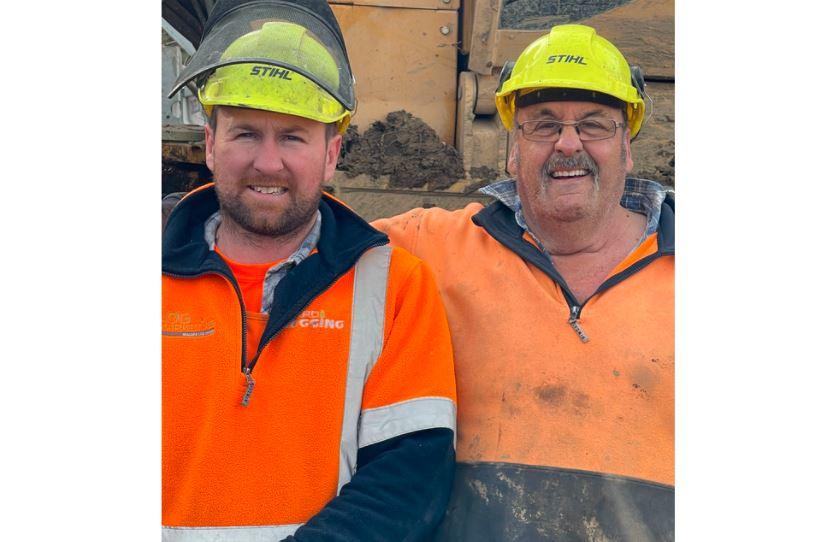
The Team from Digital Boost
We're here to help you take your business to the top.
That's why every day from 10-11am we sit down for interviews with experts in topics like digital marketing and websites, and live stream it straight to you. Power your business forward with a daily pro-tip or two!
Find out … View moreWe're here to help you take your business to the top.
That's why every day from 10-11am we sit down for interviews with experts in topics like digital marketing and websites, and live stream it straight to you. Power your business forward with a daily pro-tip or two!
Find out who's sharing their knowledge this week and RSVP here
Learn more

Another great story!
Southland father and son, Robert and Bobby Baird have recently received their forestry qualifications, proving you are never too old to learn.
While Robert has practical experience gained during four decades in the bush, he says vocational training like the qualification he… View moreAnother great story!
Southland father and son, Robert and Bobby Baird have recently received their forestry qualifications, proving you are never too old to learn.
While Robert has practical experience gained during four decades in the bush, he says vocational training like the qualification he has just done is helping keep people safe.
Competenz assessor Neville Muir worked with Bairds throughout their training programme.
“Bobby is very driven to succeed and very organised. He’s also very keen to continue upskilling his crew and there are a lot of different certificates still to do,” he says.
While Bobby is his boss at work, Robert turns back into ‘dad’ at the end of the day. “I give him a hand during the day when he’s got a lot of work on. We have a great relationship and it’s a magic thing to be able to do to work with your son.”

Daniel from Hillcrest - Pomare
Just wondering how much people would pay for a set of these rimu bedside tables. These are made by myself out of reclaimed rimu boards. Dimensions are 555longx480wide.

The Team from Neighbourly.co.nz
Our friends at Stuff are collating an incredible directory of small businesses delivering during lockdown in every region across New Zealand. Check out the best in baked goods, meal companies, drinks of every sort, groceries and sweet treats delivering right to your neighbourhood.
Supporting … View moreOur friends at Stuff are collating an incredible directory of small businesses delivering during lockdown in every region across New Zealand. Check out the best in baked goods, meal companies, drinks of every sort, groceries and sweet treats delivering right to your neighbourhood.
Supporting local is easy with Support Local, Aotearoa. Have a browse or show your support by submitting a shoutout to a business near you now. They'll thank you for it.
Thanks for supporting local.
Browse the directory
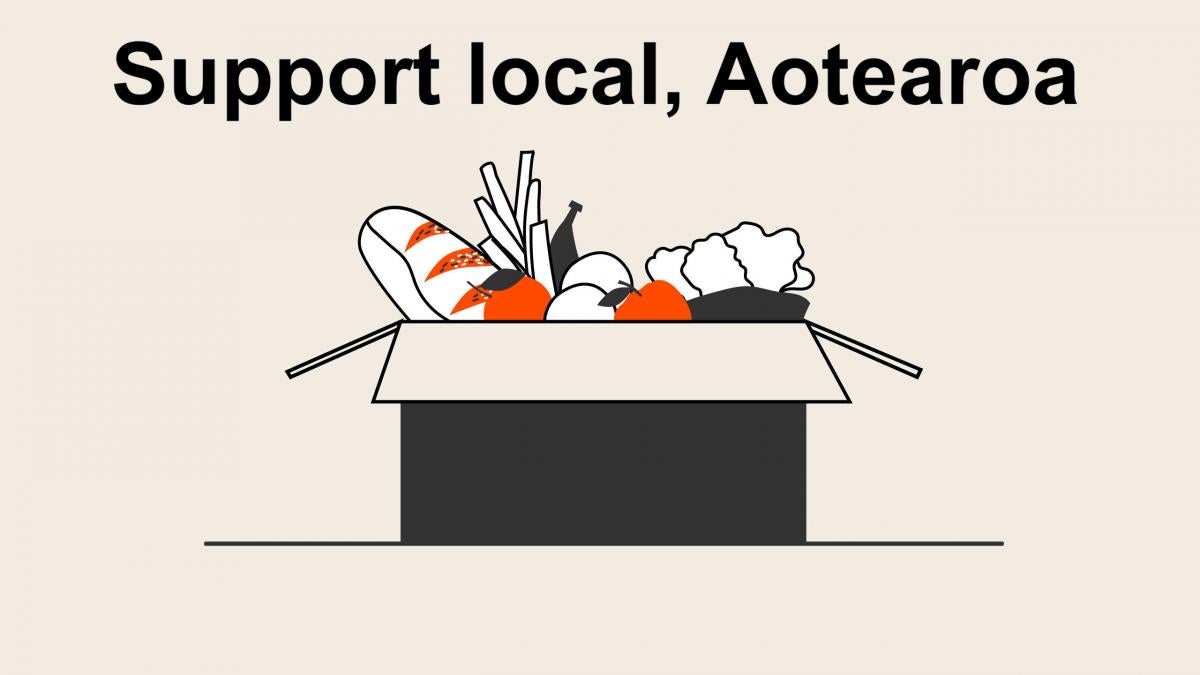
The Team from Resene ColorShop Rotorua
Up your potted plants game with this easy recycling project finished in Resene.
Find out how to create your own.

Te Whare Wānanga o Awanuiārangi
Bachelor of Humanities
Meet Derek Ereatara who shares his journey with Awanuiārangi.
The Bachelor of Humanities programme marked a turning point in Derek’s life. “The content – indigenous studies, policy and business – fit right in with what I wanted. I knew it would help me … View moreBachelor of Humanities
Meet Derek Ereatara who shares his journey with Awanuiārangi.
The Bachelor of Humanities programme marked a turning point in Derek’s life. “The content – indigenous studies, policy and business – fit right in with what I wanted. I knew it would help me personally and in my work with whānau in the health sector.
“It helped me to think differently, that opens up your world view.” he says.
Looking at everything with fresh eyes “shifted, enhanced and reinforced” his focus, particularly in working with rangatahi who need one-to-one support.
“Awanuiārangi was like a second home, and still is. You just feel welcome.
Find out more

The Team from Graeme Dingle Foundation Rotorua
Happy Random Acts of Kindness Day New Zealand 💚
In times like this, it's more important than ever to stay kind and connected. So this year, we ask that you pick up the phone, call someone you care about and check in on their well-being.
It takes a little, not a lot, to be kind and caring … View moreHappy Random Acts of Kindness Day New Zealand 💚
In times like this, it's more important than ever to stay kind and connected. So this year, we ask that you pick up the phone, call someone you care about and check in on their well-being.
It takes a little, not a lot, to be kind and caring 💚
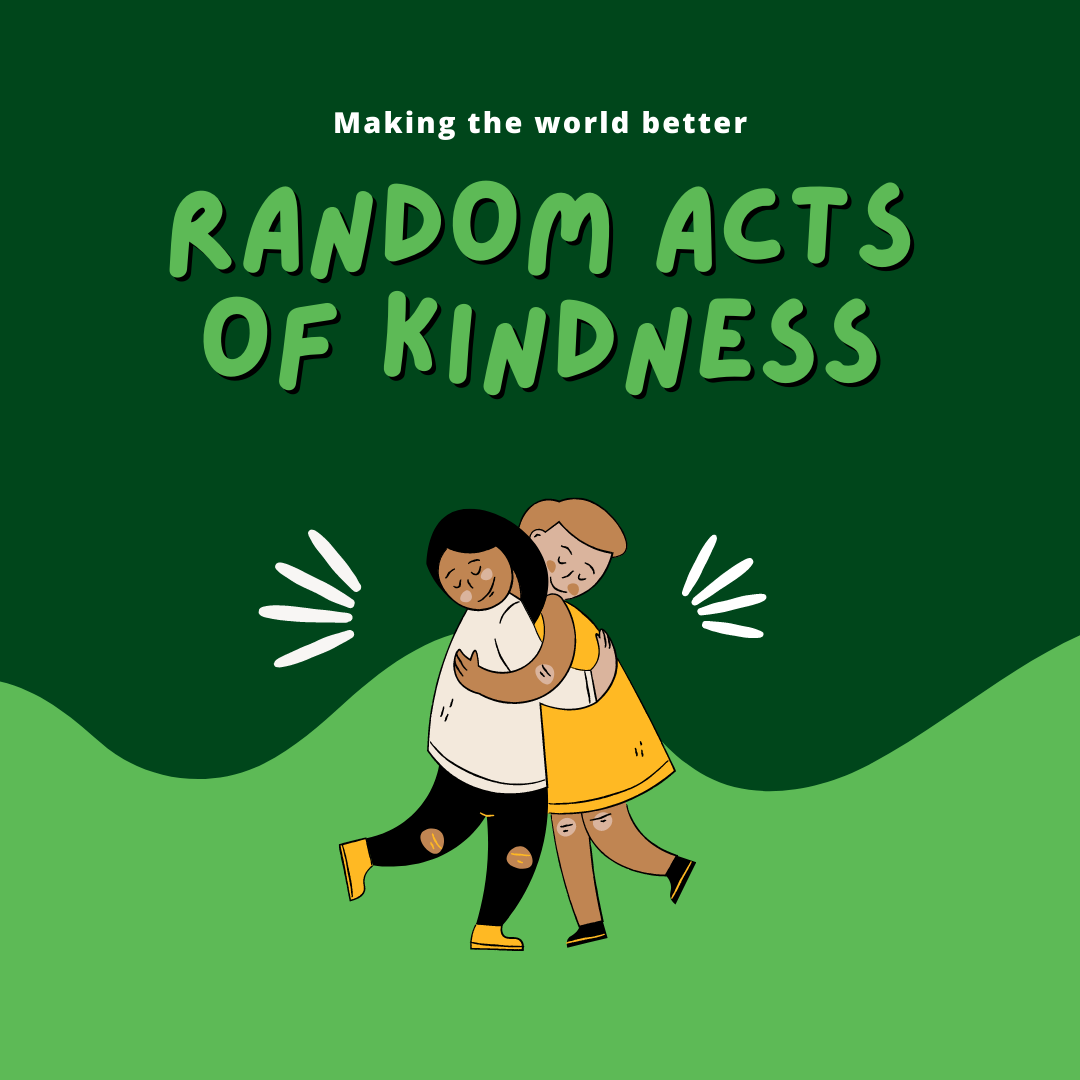
To is a preposition with several meanings, including “toward” and “until.”
Too is an adverb that can mean “excessively” or “also.”
Two is also pronounced the same as to and too, but it can’t be used instead of either of them because it’s a number.

The Team from Neighbourhood Support New Zealand
Did you know 1 in 4 New Zealand adults will suffer from a mental disorder or distress at some point in their lives? When they do, let’s make sure they don’t have to go it alone. To create safer, more caring communities we need to not only look after ourselves but those around us as well.
For … View moreDid you know 1 in 4 New Zealand adults will suffer from a mental disorder or distress at some point in their lives? When they do, let’s make sure they don’t have to go it alone. To create safer, more caring communities we need to not only look after ourselves but those around us as well.
For the month of September, we want to come together to share ways to boost mental health and well-being. For example, you could host an online catch up or quiz, call a neighbour who lives alone, challenge your family and friends to try a new hobby or move your body more to improve your own well-being. If you or someone you know is going through a rough patch, don’t forget you can call or text 1737 anytime for free support from a trained counsellor.
Want to share your thoughts? Let us know how you’re looking out for your well-being and helping others with theirs this month by tagging us in your social media posts or emailing us your photos, videos, or experiences to: info@neighbourhoodsupport.co.nz

Hungry for local customers? Grow your Business with Neighbourly and grab a 3 month Premium Business listing for only $79+GST*
Usually $149+GST, Neighbourly Premium enables you to grow a strong presence in your local community. Find friendly neighbours who need your services, showcase what makes … View moreHungry for local customers? Grow your Business with Neighbourly and grab a 3 month Premium Business listing for only $79+GST*
Usually $149+GST, Neighbourly Premium enables you to grow a strong presence in your local community. Find friendly neighbours who need your services, showcase what makes you stand out from the rest and connect with people who want to ‘shop local’.
Limited time only. T&Cs apply
Sign up now

We are delighted that we can once again supply paint and decorating accessories to you from Resene ColorShops.
For those in Level 3 areas, you can order online at shop.resene.co.nz, or call or email your local Resene ColorShop. See www.resene.co.nz/colorshops for your local Resene ColorShop … View moreWe are delighted that we can once again supply paint and decorating accessories to you from Resene ColorShops.
For those in Level 3 areas, you can order online at shop.resene.co.nz, or call or email your local Resene ColorShop. See www.resene.co.nz/colorshops for your local Resene ColorShop details. You can choose to click and collect or get your order delivered by contactless delivery. Resene ColorShops in Level 3 areas will be open their normal hours, except for Naenae (closed) and Gore (reduced hours 9am-3pm).
For those in Level 4 areas (Auckland/Northland), you can order paint and decorating supplies online at shop.resene.co.nz or email colorshoponline@resene.co.nz and we can arrange contactless delivery of your order to you. Please allow extra time for delivery as the products will be coming from a Level 3 area. Resene ColorShops in Level 4 areas will remain closed until we reach Level 3.
If you are working on a project or planning a project, our staff are here to help you. You can Ask a Tech Expert free online anytime, Ask a Colour Expert free online anytime, request a free virtual colour consultation or call 0800 737 363 (during normal working hours). We look forward to helping you.
We appreciate your support and hope everyone stays safe.
Learn more

The Team from New Zealander of the Year Award | Ngā Tohu Pou Kōhure o Aotearoa
This is not a drill, Bay of Plenty 📣 there are less than 48 hours until nominations close for the Kiwibank New Zealander of the Year Awards.
This is your LAST CHANCE to nominate a good sort making a positive impact - whether they’re an artist you admire, a coach going the extra mile, or an … View moreThis is not a drill, Bay of Plenty 📣 there are less than 48 hours until nominations close for the Kiwibank New Zealander of the Year Awards.
This is your LAST CHANCE to nominate a good sort making a positive impact - whether they’re an artist you admire, a coach going the extra mile, or an essential worker making a difference - it’s up to you to get their name in the ring! Nominations close midnight 31 August.
What are you waiting for? Head over the nzawards.org.nz/nominate now!
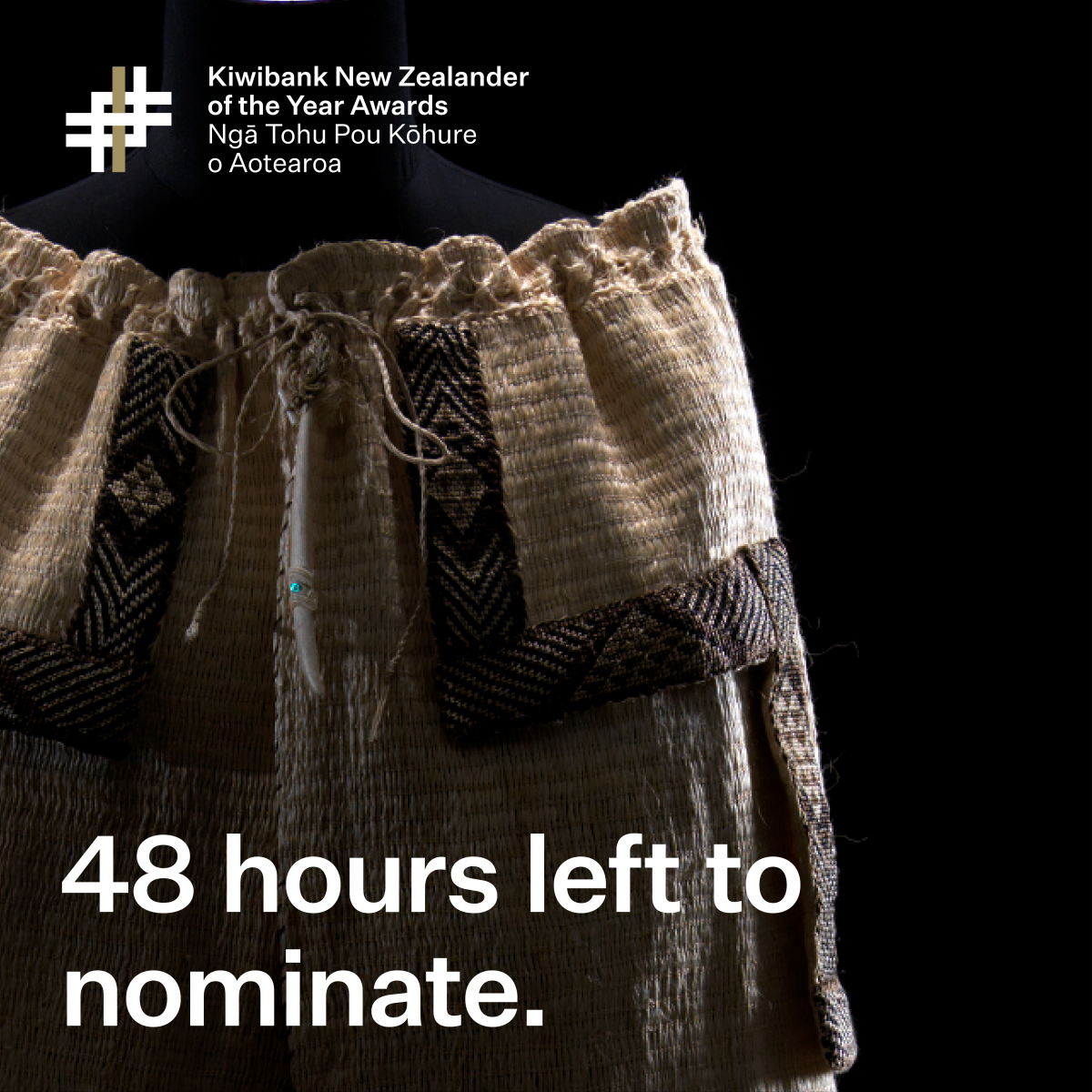
 Loading…
Loading…
Are you sure? Deleting this message permanently removes it from the Neighbourly website.
 Loading…
Loading…

 Buyers $575,000+
Buyers $575,000+



 Marketed by Shon & Trudy Meszaros
Marketed by Shon & Trudy Meszaros

 Tender
Tender


 Marketed by Jami Botha
Marketed by Jami Botha

 $639,000
$639,000



 Marketed by Michelle Stephenson
Marketed by Michelle Stephenson
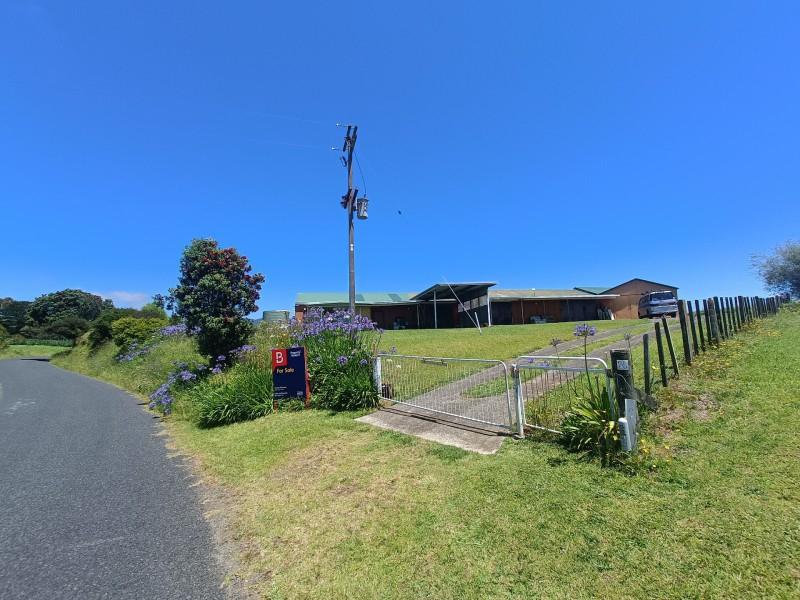
 By Negotiation
By Negotiation

 Marketed by Brooke Woolsey
Marketed by Brooke Woolsey

 $560,000
$560,000



 Marketed by Michelle Stephenson
Marketed by Michelle Stephenson

 Auction
Auction

 Marketed by Michelle Stephenson
Marketed by Michelle Stephenson
© Neighbourly 2025
